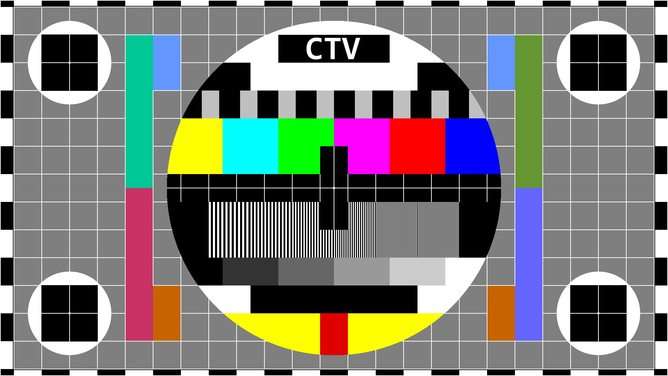Community TV's last stand from the government's spectrum grab

A new campaign is underway this week to persuade the federal government to reverse its decision to push community television stations off the allocated broadcast spectrum at the end of this year in favour of online-only programming.
Communications Minister Malcolm Turnbull said in September last year that the current use of the "sixth channel" used by community television is not feasible and should be used by the commercial stations for testing purposes.
The government's decision to remove community television broadcasters' use of spectrum at the end of the year has left the current stations in limbo.
As someone closely involved in community television – I'm a board member of Melbourne's C31 – I think this is a shortsighted move, particularly because the sixth channel isn't even necessary for the tests Turnbull has in mind.
Let's talk spectrum
The most discussed part of the spectrum is the sixth channel (after ABC, SBS, channels 7, 9 and 10). Only a few years ago it was proposed to be used for a fourth commercial channel.
Prior to that proposal, there was an inquiry into the future use of the sixth television channel conducted in 1997. It found that the community television's use of the sixth channel provided "the opportunity to correct 'market failures'". Part of the market failure was seen that current free-to-air television had "abandoned localism".
The inquiry also noted that there were economic benefits from community television's use of the sixth channel in promoting the Australian production industry. The stations also provided training to students and other community members, some of which would undertake roles within the commercial industry.
It appears the views expressed in the previous inquiry have now changed with the government's plan to free up the sixth channel. In the Consultation Paper: Digital Television Regulation, it notes the need for more efficient broadcasting technologies.
Part of the efficiency improvement would come from a move to MPEG-4 video compression, which is more efficient than the current MPEG-2 used today. Switching to it would allow for an "increase in the number of services" using the same spectrum space.
Yet, if the commercial broadcasters were to commence tests, they would initially occur within the metropolitan areas, which use the common VHF block. Therefore the current UHF spectrum (Channel A) used by community television would not even be needed for these tests.
Yet there is evidence from a recent Senate Estimates hearing that the current government has another motivation to push community TV off the airwaves and online.
Speaking at the hearing, Nerida O'Loughlin, deputy secretary in the Department of Communications, said:
[…] the decisions around community television are not solely driven by the freeing up of that spectrum […] They are driven by a view of the government that the future for community broadcasting as a niche service, at a time where Australians are taking up online services in droves, is for them to move online where they are not restricted.
Turnbull has also made it very clear that the government believes the future for community television is online.
So it's about online?
All of the commercial television broadcasters in Australia already use a dual-platform approach, including broadcast television along with catch-up services and/or video-on-demand services.
Despite this, the sector as a whole is not ready for an online-only business model. The CEO of Free TV Australia, Julie Flynn, argues that "terrestrial linear TV will be with us for a long time" despite all the excitement about new ways of accessing content.
Traditional television still far out-weighs online viewing, and Australians spend more than 90 hours watching television broadcasts on average per month.
In comparison, Australians view online video for less than 13 hours on average per month. While there has been an increase for online video viewing, there is still a massive gap between the two platforms.
In addition to this, community television does not cost the viewer, unlike some other online delivery methods, which require subscription or internet data charges.
While it is clear that the sector agrees, in part, with some of the points raised by the government, community television is requesting that broadcast licenses be extended until mid-2019 at the least.
By 2019 it would be much clearer as to the direction of Australian viewing habits and the Australian television broadcast industry as a whole. This would also allow the community broadcasters to utilise a dual-platform approach as currently undertaken by the commercial broadcasters.
Not by the numbers
One point made by Turnbull was that average prime time audiences of community television was only 6,000 viewers.
But this is only a small window of the community engagement. The five community stations in Australia on average reach around three million Australians each month and are viewed in more households than pay TV.
The point to raise here, though, is that community television has never been solely about ratings. The Broadcast Act 1992 clearly states that community television must not operate in the same way as commercial television broadcasting services.
The Act also says that community television should provide programs that can be "received by commonly available equipment" and are "free to the general public".
There are far more important points about community television to be discussed than spectrum and ratings. Which is why the community television sector is asking people to support community TV.
Source: The Conversation
This story is published courtesy of The Conversation (under Creative Commons-Attribution/No derivatives).
![]()


















